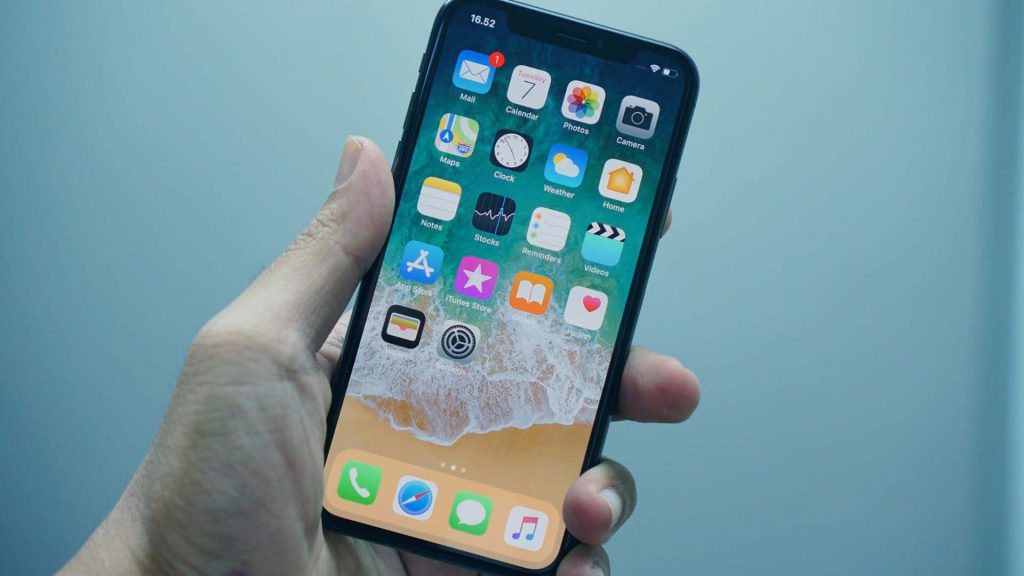As marketers, we talk a lot about the brand experience being the cumulative effect of various brand features and benefits that fit the emotional and functional needs of targeted customer segments. But along the way we get lost in agency briefs and the various communication tools we use to try and explain to the customer what that experience is, hoping they will pay attention long enough to build awareness and, even better, that we will create purchase intent. It’s a huge challenge for our agencies to build a meaningful story. In everyday life, we try to say what we mean and do what we say and use this as a measure of personal credibility and integrity. So, why not use the same criteria to build credibility for our brands?
We know that if we convince the customer to do a test drive, they will want to buy the car. Or if they taste the delicious cookie, they will want to buy a whole pack. And another. That’s product sampling and we know it works, assuming our product does what we promise it will do. But product sampling is expensive and hard to replicate in great numbers. That’s where experiential marketing comes in.
We need to break out of the box of traditional media and in-outlet communications we’ve relied on for so many years. We need to build awareness and purchase intent and develop communication tools that allow lots of customers to experience our brand. Simply sponsoring an event won’t get us as far as we want to go, because it really isn’t our event. Sponsorships should more accurately be called borrowing equity events because all we’re doing is trying to borrow the equity of the sporting or entertainment event and apply it to our brand.
Creating brand experiences beyond sponsorships
At Coca-Cola, we used to joke that if it stood still, we painted it red. If it moved, we sponsored it. The truth is that it seldom paid off. There are some notable exceptions out there, but most of the time the customer, at best, simply ignores these sponsorships; at worst, they get irritated by them. Take a look at this picture of Citi Field in New York City, home to The Mets baseball team.
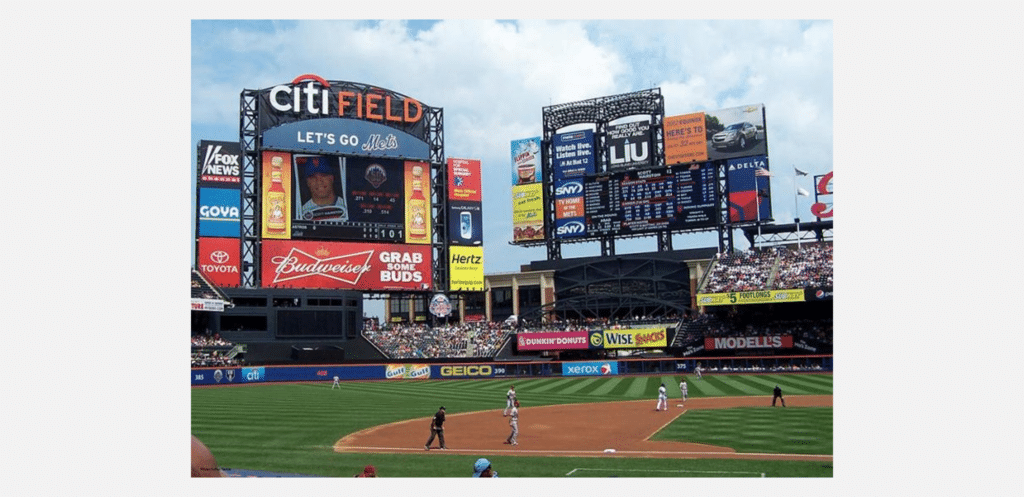
Do you think Mets fans are grateful that Citi Bank paid millions of dollars to rename the historic Shea Stadium? The original name is legendary. Not only did the Mets win five national league championships and two World Series in Shea Stadium, but it was also where The Beatles opened their 1965 tour of America to record-breaking numbers, where Joe Namath led the New York Jets to beat the Oakland Raiders in one of the most famous football games of all time in 1968, and where The Clash opened for The Who in 1982.
And beyond the irritating name change some Citi Bank marketing executive thinks was a bright spot of their career (it wasn’t), look at all the other logos. Do you feel like you want to go out and buy a Toyota? The sign is there just to the left of the Budweiser logo. I hope at least means if you buy a beer at the game, it is Budweiser. So, let’s all agree that sponsoring someone else’s event may not be the highlight of our marketing career. We’re all learning to be better than that. Better is creating our own event specifically for our brand. Create our own experiential marketing strategy. We need to walk the talk.
Coca-Cola’s Experiential Marketing in Hungary
When we set out to grow market share in Hungary many years ago, we had both the Olympics and the global FIFA football sponsorships locked up. But Hungarians typically only watched water polo during the Olympics and even that only came around only every four years. So, we looked for an activity that represented the same values as Coca-Cola – authenticity, optimism, and inclusiveness. It didn’t take long to find it.
For generations, Hungarians have been going to Lake Balaton as the highlight of their summer. They call it the Hungarian Sea. It may not resemble any sea you or I go to because there are few beaches. The water isn’t so clear with all the kids splashing around on the popular south shore; there, the water is only a little over a meter deep for the first hundred meters from shore. But it’s theirs.
They went there for the first time as kids eating corn on the cob with their grandparents as the sun went down. As teenagers, they jumped over the fence to skinny dip for the first time. As young adults, they courted with their future partner by renting a small sailboat for the weekend. And then, when they had kids of their own, they too ate corn on cob with their grandparents as the sun went down behind the silhouette of Tihany on the western edge of the lake. It’s real, authentic. and inclusive. It’s what makes Hungarian’s uniquely proud and happy to be Hungarian – optimism.
Aligning the brand with the activity experience
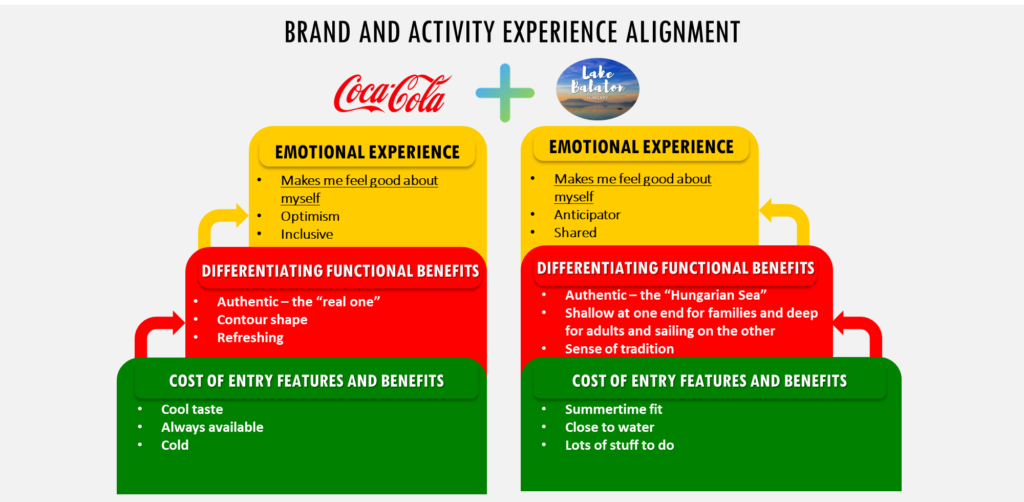
Rather than attempt to become the official soft drink of Lake Balaton, whatever that meant, we instead sought to understand the Balaton experience and add value to the Hungarian summertime experience in a way only Coca-Cola could do. As an experiential marketing strategy, we built a Coca-Cola Beach House for less than $100,000, about the cost of producing a television commercial at the time. Built on a large sand beach, it had a boardwalk with refreshing misting machines that cooled you off as you drank your cold Coca-Cola and a stage that every band in Hungary wanted to play on. And they did. All summer long. We used the slogan Éjjel Balaton, Nappal Balaton, Mindig Coca-Cola (Night Balaton, Day Balaton, Always Coca-Cola).
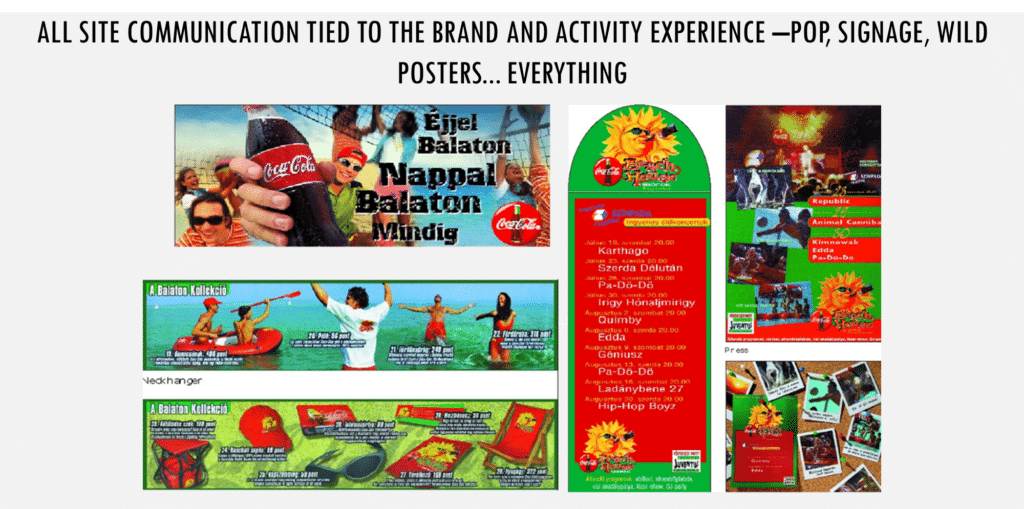
Back then, Hungary had a population of just 10 million, 250,000 of whom visited the Coca-Cola Beach House. American recording artist Sheryl Crow played on the Coca-Cola Beach House stage in its inaugural season to give it credibility as a first-class venue. We tipped her off. We suggested that when the sun dipped below Tihany across the lake, she should stop in the middle of the song, look at it, and remark how truly beautiful it was. She should then ask the audience the name of the unique shaped mountain. She did. And the crowd shouted bank in unison: TIHANY! Many had tears in their eyes.
Coca-Cola was second to Pepsi before the Coca-Cola Beach House, the only market in Europe where that was the case. That soon changed from a 34/54 disadvantage to a 60/30 advantage that Coca-Cola retains today. We didn’t just say Coca-Cola was authentic, optimistic, and brought people together (inclusive), we walked the talk.
Additional successful examples of Experiential Marketing
Other notable examples of experiential marketing are when Beres, the child’s vitamin company in Hungary, built safe playgrounds where the communists had earlier laid concrete under swing sets; or AVON, a company for women, actively engaged in Russia to fund safe houses for abused women; or Procter and Gamble built changing stations for mothers with infants in all Tesco stores in Poland.
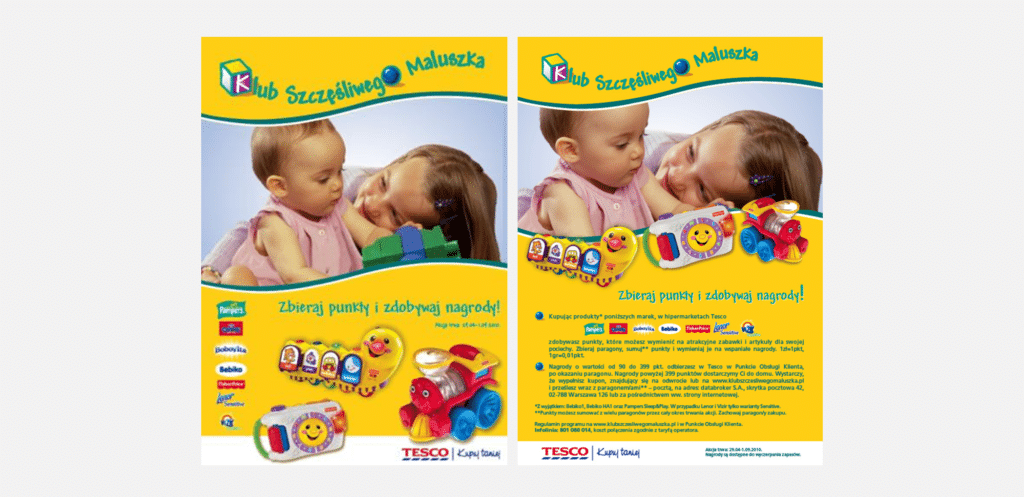
Experiential marketing works because if properly targeted and positioned it goes beyond simply stating brand benefits and brand promises in a very cluttered media environment; it brings those emotional and functional brand benefits to life. It lets the customer live and breathe and thereby believe the true experience of the brand.



